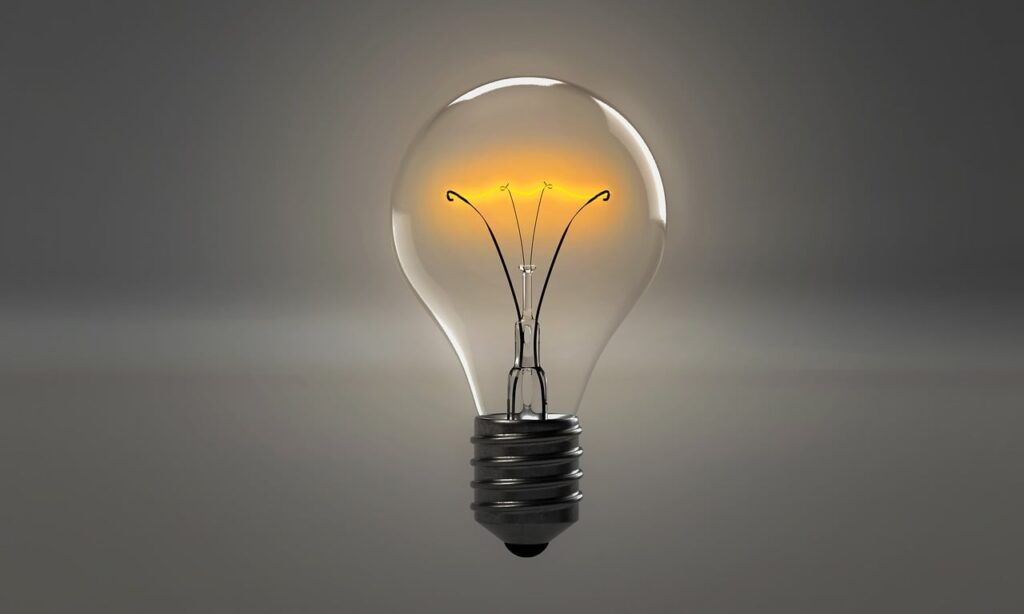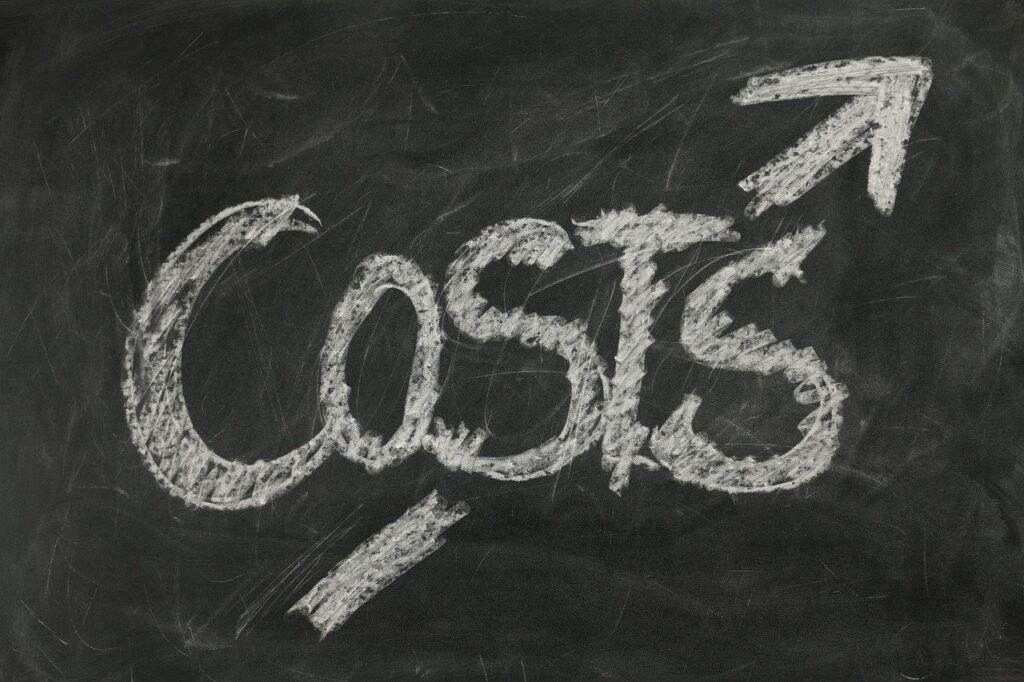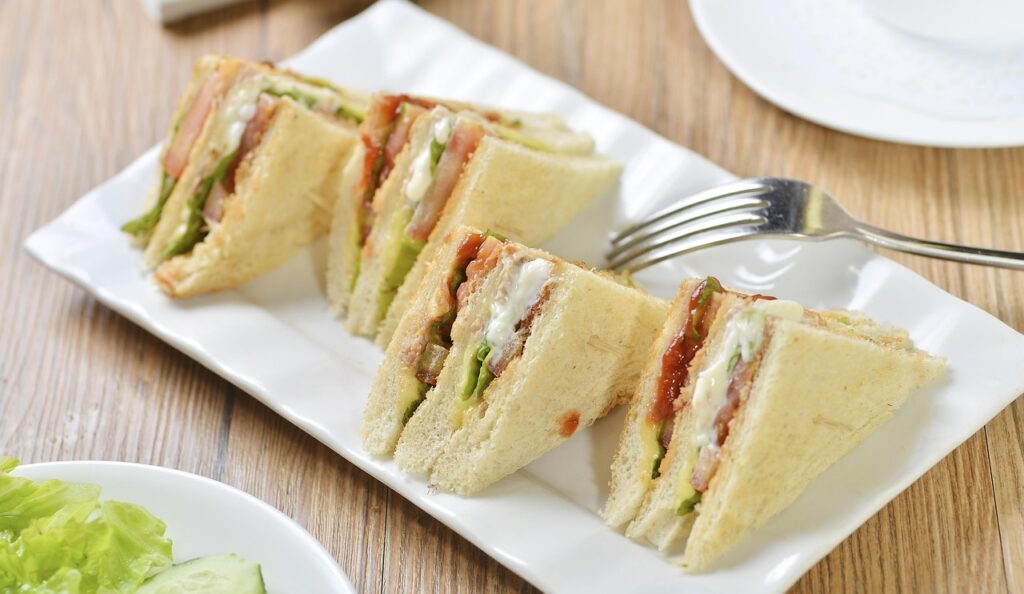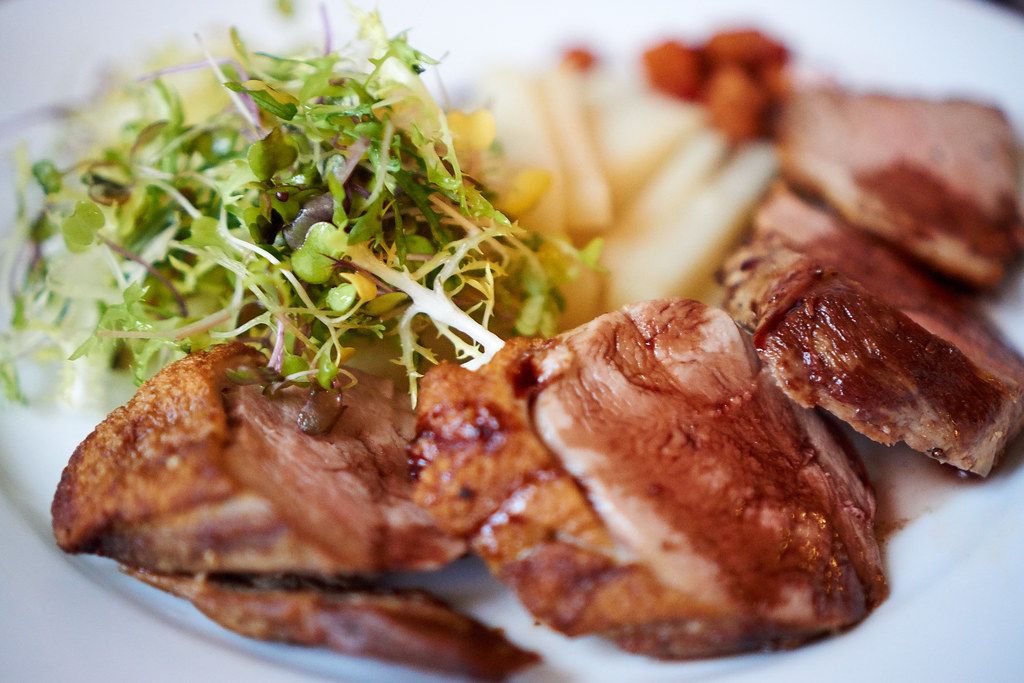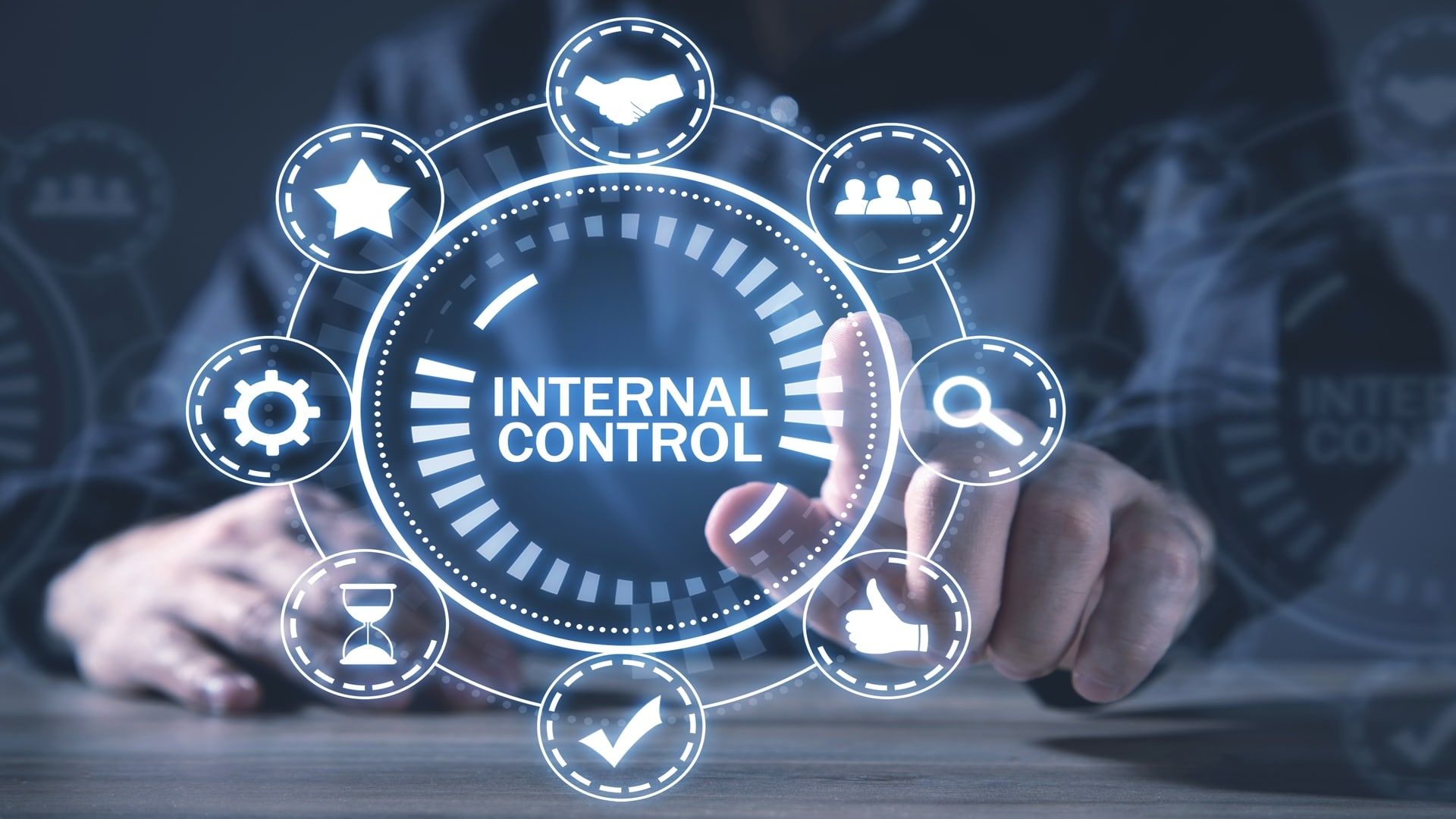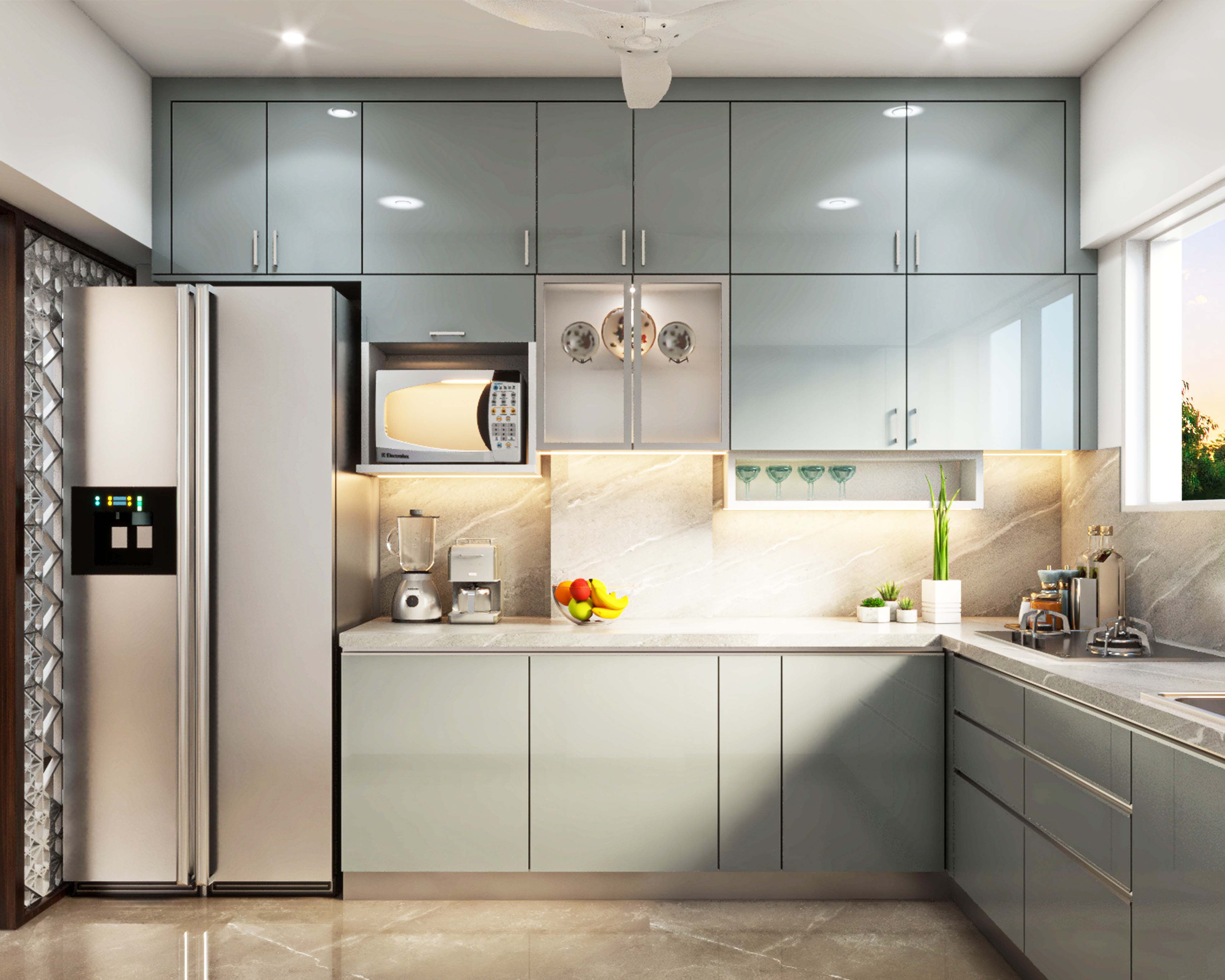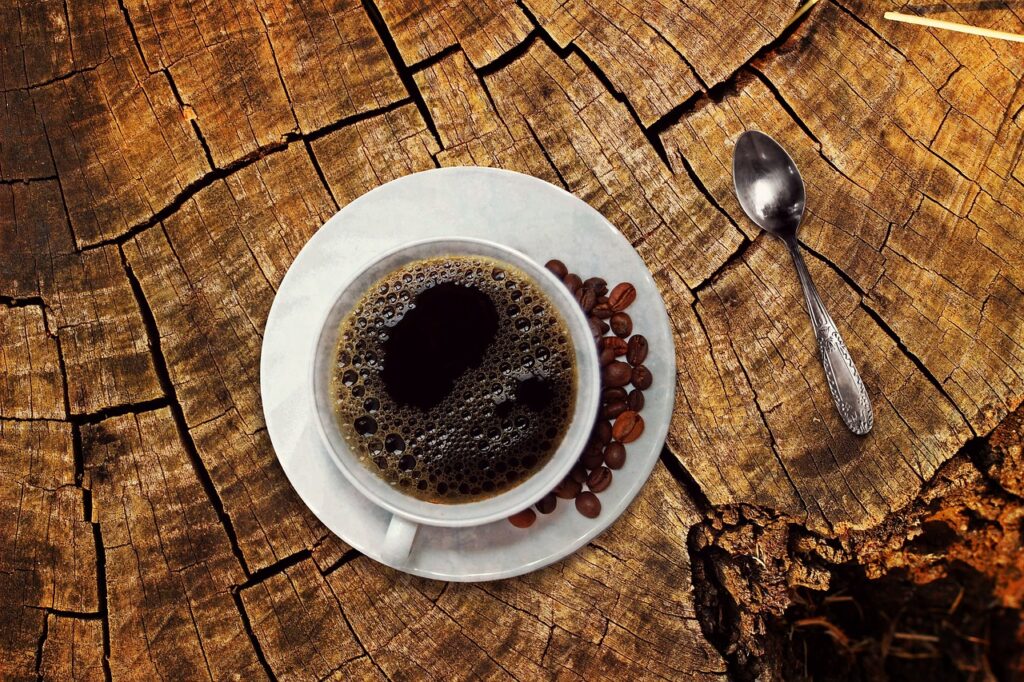
The U.S. coffee market is a formidable landscape, churning out more than $45 billion annually. At its bustling heart stand two titans, Starbucks and Dunkin’ Donuts, collectively commanding nearly 25,000 branches – roughly two-thirds of all coffee shops nationwide. Their influence, however, transcends American borders, solidifying their status as global coffee powerhouses. While Starbucks may be the younger contender, established more than 20 years after Dunkin’s inception, it has swiftly ascended to become the significantly larger enterprise.
But the narrative of American coffee isn’t solely a duopoly. As the coffee landscape evolved, a formidable third player emerged, challenging the established norms and offering a distinct value proposition: McDonald’s with its McCafe line. What began as a battle between Starbucks’ premium experience and Dunkin’s everyday accessibility has broadened into a multi-front “coffee war,” with McDonald’s carving out its own significant niche. This analysis aims to dissect these three fast-food coffee giants, providing a definitive comparison for consumers.
As seasoned observers of consumer trends and product performance, we understand that finding the “best” coffee experience is highly subjective. This in-depth Wirecutter-style comparison will meticulously evaluate Starbucks, Dunkin’, and McDonald’s across a range of crucial categories. We will provide transparent reasoning and actionable insights, empowering you to make the most informed decision, whether you prioritize speed, affordability, premium quality, or a specific flavor profile. Let’s embark on this caffeinated journey to uncover which cup truly reigns supreme.

1. **Age and Market Entry: A Generational Divide**
The histories of Starbucks and Dunkin’ Donuts paint a fascinating picture of market evolution and adaptation. Dunkin’ Donuts, established in 1950, initially focused on donuts. It wasn’t until around 2000 that the company began seriously pivoting to the coffee shop market, introducing beverages like the Dunkaccino. This strategic shift intensified in 2003 with the launch of espressos, lattes, and cappuccinos, signaling its intent to compete.
Starbucks, in stark contrast, began its journey much later, launching in 1971 with coffee as its foundational product. Despite its later start, Starbucks’ growth was meteoric, reaching 3,501 global coffee shops by 2000 and doubling to 7,225 by 2003. By 2006, the year Dunkin’ aggressively expanded its coffee line, Starbucks had already cemented its global presence with 12,440 stores worldwide, showcasing rapid, coffee-centric expansion.
McDonald’s, a ubiquitous presence since 1955, was a relatively late entrant into the specialized coffee war. While it always offered regular coffee, the dedicated McCafe line wasn’t officially launched until 2009. This move transformed McDonald’s into a serious contender, offering premium coffee at competitive prices by leveraging its massive existing infrastructure, thus engaging in a multi-front “coffee war” that benefited consumers.
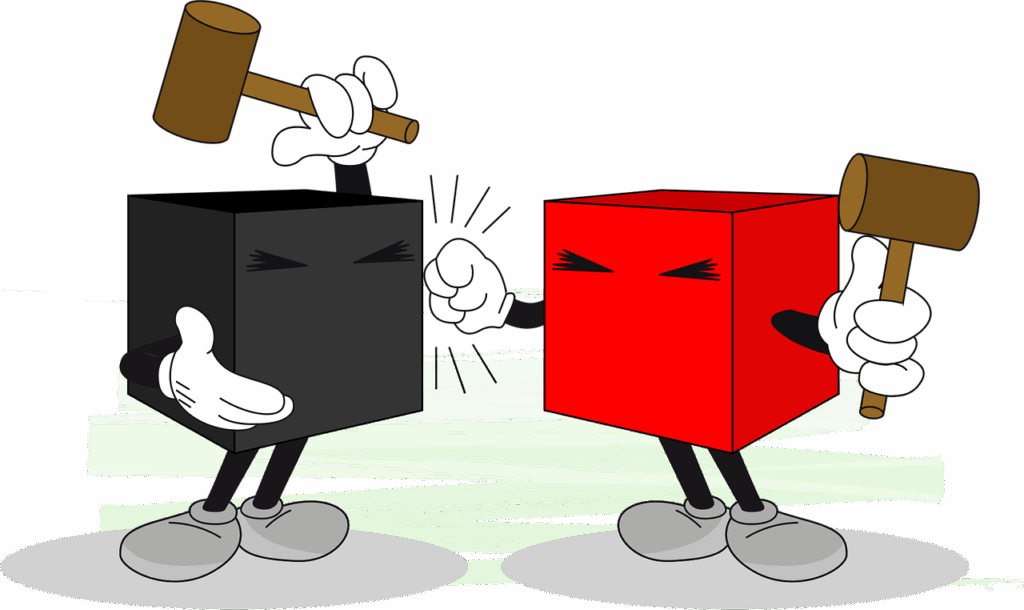
2. **U.S. Store Dominance: The Home Turf Battle**
When it comes to physical presence within the United States, Starbucks maintains a significant lead over its closest rival, Dunkin’ Donuts. The sheer density of Starbucks locations is striking, with many urban areas seeing multiple outlets within close proximity. This aggressive expansion strategy has been pivotal in establishing Starbucks as a convenient and readily available option for millions, fundamentally shaping daily coffee rituals.
In 2020, Starbucks boasted an impressive 15,337 U.S.-based stores, a clear advantage over Dunkin’ Donuts, which had approximately 9,000 stores. This nearly 70% difference in store count underscores Starbucks’ strategic dominance in the domestic market. The widespread availability of Starbucks locations contributes heavily to its perceived convenience, reinforcing its position as the market leader for on-the-go coffee.
Dunkin’s more modest, though substantial, U.S. store count often reflects a slightly different regional focus, with a strong presence in the Northeastern United States. McDonald’s, while not exclusively a coffee shop, possesses an unparalleled domestic footprint with thousands of restaurants. Its McCafe offerings leverage this existing reach, serving coffee at a price point that challenges both Starbucks and Dunkin’ on volume and convenience through its drive-thrus and ubiquitous locations.
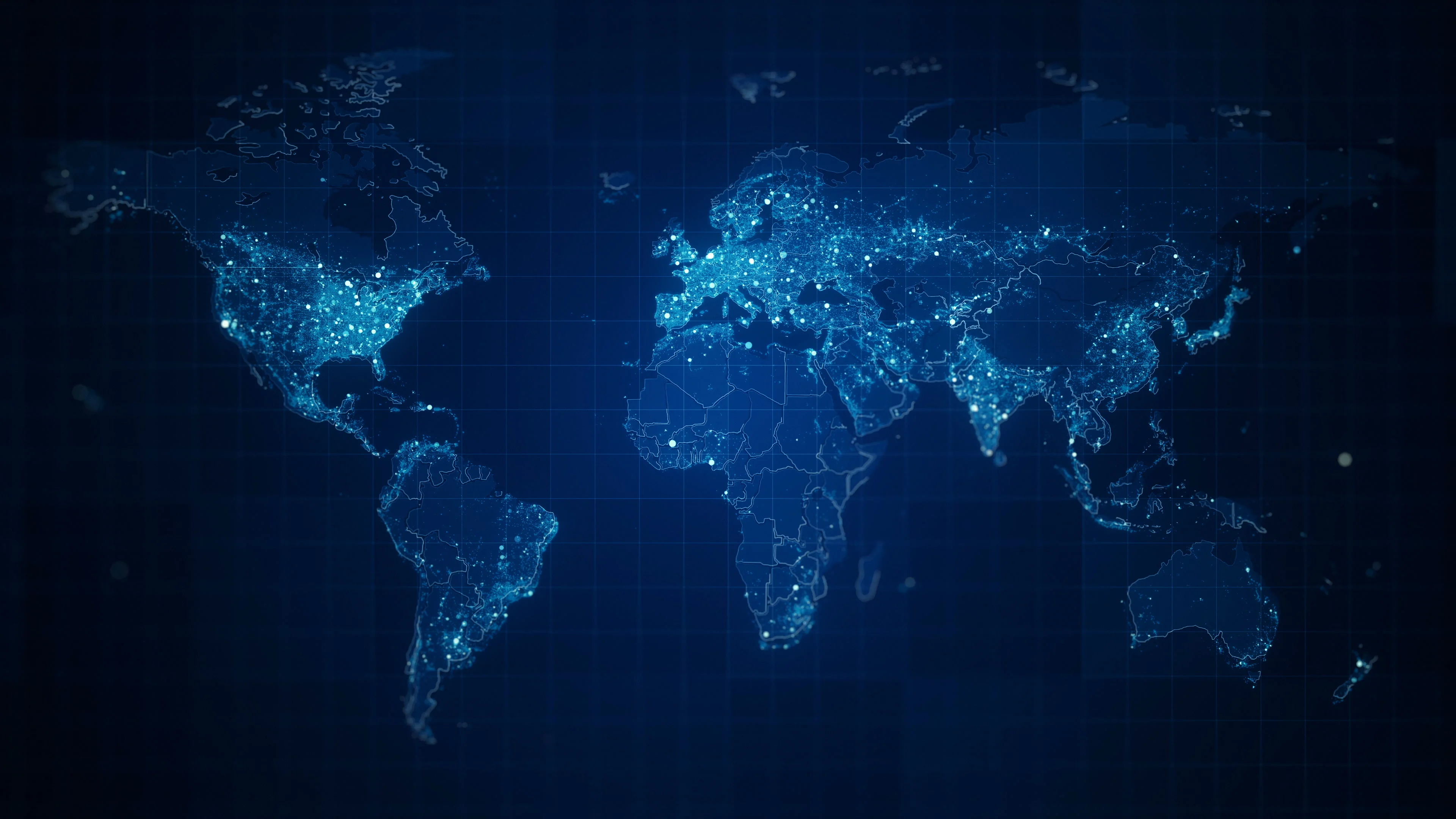
3. **Global Footprint: Reaching Beyond Borders**
Both Dunkin’ Donuts and Starbucks have pursued international expansion, though with vastly different scales. Dunkin’ Donuts, owing to its longer history, was the first, opening its inaugural overseas store in Tokyo in 1970. Since then, Dunkin’ has expanded to 33 countries, establishing 11,000 restaurants outside its home country, demonstrating a significant global reach.
Starbucks followed suit in Tokyo in 1996, but its global proliferation has been dramatically more expansive. Operating in 65 nations—nearly twice as many as Dunkin’—Starbucks boasts approximately 20,000 retail stores around the world. This makes it a truly global coffee giant, solidifying its status as the largest coffee chain by a considerable margin with ten times as many overseas outlets compared to Dunkin’.
McDonald’s, a global behemoth, has an even more widespread international presence than Starbucks. Its McCafe brand leverages this existing global infrastructure, offering coffee and espresso drinks in countless countries where McDonald’s restaurants are found. While not solely a coffee-focused chain, McDonald’s global reach means its McCafe offerings are available to an immense international customer base, making it an undeniable global competitor.
4. **Business Model Innovations: Franchises vs. Licenses**
The operational blueprints of Starbucks and Dunkin’ Donuts reveal distinct approaches to growth and brand management. Dunkin’ Donuts is particularly notable for its extensive reliance on franchising, a model it has been credited with advancing. Almost all of its stores operate as franchises, allowing rapid expansion with lower corporate capital expenditure and fostering local ownership.
Starbucks, while also utilizing franchising and licensing, employs a more hybrid approach. Approximately half of its global stores are either franchised or licensed, with a significant portion remaining company-owned. In recent years, Starbucks has shifted towards a licensing-style offering, advantageous for product-based businesses, which allows for greater control over brand standards, product quality, and the overall customer experience.
McDonald’s, similar to Dunkin’, operates primarily on a franchise model, instrumental in its rapid global expansion. Its McCafe brand is seamlessly integrated into these existing franchised restaurants. This means the McCafe experience is often part of a broader fast-food visit, influenced by overarching McDonald’s operational guidelines, rather than a standalone coffee destination.
5. **Financial Powerhouse: Revenue Disparities**
A direct comparison of the financial prowess of Starbucks and Dunkin’ Donuts reveals a stark disparity. Starbucks stands as a significantly larger financial entity. While Dunkin’ reported revenues of $1.3 billion in 2019, Starbucks’ revenue reached an astounding $23.5 billion in 2020. This figure is nearly 20 times that of Dunkin’s, underscoring Starbucks’ dominance not only in store count but also in global sales generation.
This immense financial lead provides Starbucks with significant advantages for innovation, marketing, global expansion, and investment in technology and employee training. It reinforces Starbucks’ ability to command a premium in the market and invest in the “experiential dining” that defines its brand. This economic power allows Starbucks to dictate trends and maintain a leading position in the competitive coffee industry.
McDonald’s, as a whole, is a truly colossal financial entity, with revenues far exceeding even Starbucks’, given its diverse global menu and sheer volume of transactions. While McCafe’s specific revenue isn’t broken out, it benefits immensely from McDonald’s overall financial strength. This enables McDonald’s to offer exceptionally low prices for its coffee drinks, leveraging its scale to compete fiercely on price.
6. **Cost-Effectiveness: The Price of a Coffee**
For many consumers, price is a critical factor, and in this arena, Dunkin’ Donuts consistently emerges as the more budget-friendly option compared to Starbucks. This pricing strategy reflects each brand’s target demographic: Starbucks aims for middle-class coffee drinkers with a premium experience, while Dunkin’ provides affordable, quality coffee to a working-class audience without compromising taste.
The difference is tangible: a typical coffee can cost approximately $2 less at Dunkin’. A large latte at Dunkin’ is $2.49, versus $4.15 for a comparably sized Venti latte at Starbucks. This significant price gap extends across their coffee menus, making Dunkin’ a clear choice for economy. When accumulated over time, the savings can be substantial for regular customers.
McDonald’s McCafe offerings further intensify price competition, often presenting the most budget-friendly options. It consistently offers specialty coffee drinks at remarkably low prices, such as $1 regular coffee or $2 lattes and frappuccinos. These aggressive price points pressure competitors and ensure a competitive market, benefiting average consumers by providing accessible, affordable options for specialty coffee drinks.
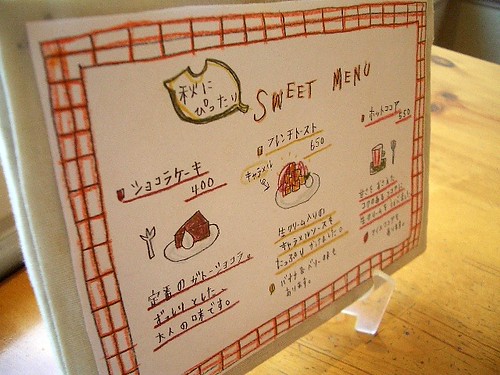
7. **Food Menu Pricing: Beyond the Brew**
The price differential between Dunkin’ and Starbucks extends consistently to their food menus. For consumers pairing coffee with breakfast or a snack, Dunkin’ generally provides a more economical choice, aligning with its brand identity of accessible and affordable options for a broad customer base. This reinforces its value proposition for a quick and inexpensive grab-and-go meal.
Consider a savory croissant: at Starbucks, it costs $4.75, while a similar one at Dunkin’ is just $3.59. This difference accumulates significantly, potentially saving consumers more than $100 a year by choosing Dunkin’ for both coffee and food. This makes it a compelling option for budget-minded individuals prioritizing value in their daily routines.
McDonald’s, a dominant force in fast-food breakfast, integrates McCafe offerings into its value-driven food menu. Its breakfast sandwiches and other quick bites are typically priced to be highly competitive, often lower than both Starbucks and Dunkin’. This leverages its mass production capabilities and supply chains to offer maximum value, making it an attractive option for combined coffee and meal purchases.

8. **Espresso Craftsmanship: Beyond the Basic Brew**
The heart of any modern coffee menu lies in its espresso-based offerings, and here, Starbucks, Dunkin’, and McDonald’s each present a distinct philosophy. Starbucks, from its inception, built an empire on espresso culture. Their baristas undergo rigorous training, ensuring a consistently handcrafted beverage. This dedication often translates to a higher quality, more consistent espresso shot, complete with expertly steamed milk that forms the desirable microfoam on lattes and cappuccinos.
Dunkin’, by contrast, has largely embraced automation in its espresso preparation. While this approach guarantees speed and a reliable level of consistency, it can sometimes mean that the drinks lack the intricate nuance of a truly handcrafted beverage. However, it’s crucial to acknowledge that Dunkin’ has significantly refined its espresso game in recent years, evolving to offer a commendable value alternative that satisfies many daily coffee cravings.
McDonald’s McCafe line, a formidable latecomer to the specialized coffee scene, also offers a full menu of espresso drinks. Their espresso line has garnered mostly positive reviews since its launch. By leveraging their existing infrastructure and a focus on competitive pricing, McDonald’s ensures that a quality espresso drink remains accessible, often making it hard to criticize the taste when the price point is so exceptionally low.
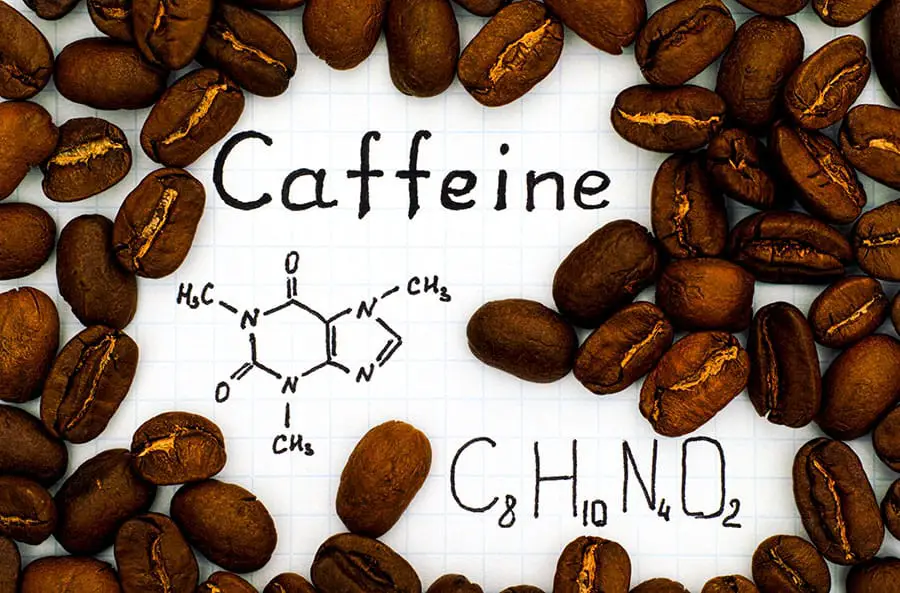
9. **Caffeine Content: The Ultimate Energy Boost**
When discussing coffee strength, it’s vital to differentiate between flavor intensity and actual caffeine content. Starbucks’ dark roast profile undeniably gives its coffee a “stronger” taste to most palates, often characterized by bold and robust notes. However, for those seeking a tangible energy boost, the caffeine comparison offers a clearer picture of potency.
A Starbucks Grande (16 fl oz) Pike Place Roast, for instance, delivers approximately 310 mg of caffeine. This stands in notable contrast to a Dunkin’ Medium (14 fl oz) hot coffee, which contains around 210 mg of caffeine. Even accounting for the slight difference in serving size, Starbucks generally packs a more significant caffeinated punch in its standard drip coffee, making it the more potent choice if your primary goal is a maximum jolt.
It’s also worth noting that while Starbucks often leads in drip coffee caffeine, the content in espresso drinks tends to be much more comparable shot-for-shot between the chains. McDonald’s coffee, for comparison, offers approximately 145 milligrams of caffeine per cup, placing it below both Starbucks and Dunkin’ in terms of raw stimulant power. This makes McDonald’s a milder choice for those sensitive to high caffeine levels, while Starbucks remains the go-to for an undeniable kickstart to the day.
Read more about: Spill the Beans! What Your Starbucks Order Says About Your Personality, Backed by Science (and Barista Secrets!)

10. **Signature Iced Drinks: Customization and Cold Brews**
Iced coffee drinks have evolved from a simple cold brew to a canvas for endless customization, and both Starbucks and Dunkin’ have embraced this trend with gusto. Starbucks, a pioneer in beverage innovation, offers a vast selection of syrups, flavorings, and additional ingredients, allowing customers to craft highly personalized drinks. Among its immensely popular iced concoctions, the Vanilla Sweet Cream Cold Brew and the classic standard Iced Coffee reign supreme, embodying the brand’s flair for indulgent and refreshing options.
Dunkin’ is certainly no slouch in the realm of iced beverages, despite Starbucks often receiving more attention for its extensive customization possibilities. While perhaps not as overtly focused on the bespoke experience, Dunkin’ offers its own compelling range of flavored iced coffees and specialty drinks. Their loyal fan base often gravitates towards the Caramel Swirl Iced Coffee, a beloved choice described affectionately as being packed with “lots of sugar, lots of caramel,” highlighting its sweet and satisfying profile.
The continuous innovation in iced drinks from both companies showcases their understanding of evolving consumer tastes, especially among younger demographics who often prefer chilled beverages. These signature iced options not only drive sales but also reinforce the distinct brand identities, with Starbucks leaning into complex, premium flavor profiles and Dunkin’ focusing on accessible, familiar, and generously flavored treats. McDonald’s McCafe also offers a range of iced lattes and frappuccinos, often at unparalleled price points, ensuring that affordable cold coffee options are available across the spectrum.
11. **Breakfast Sandwiches: More Than Just a Morning Bite**
Beyond the coffee, the breakfast sandwich battle is a fierce one, and each chain brings its own strengths to the table. Dunkin’ has long been celebrated for its iconic breakfast sandwiches, which have become a staple for countless commuters and early risers. Offerings like the Sourdough Breakfast Sandwich or the convenient Wake-Up Wraps are known for being hearty, straightforward, and deeply satisfying, embodying the classic American grab-and-go breakfast experience. The generous use of croissants, bagels, and English muffins as a base further cements their appeal for those seeking a substantial morning meal.
Starbucks, on the other hand, positions its breakfast options as more “elevated” and often caters to a health-conscious or gourmet palate. Their menu features items such as the plant-based Impossible Breakfast Sandwich, the lighter Turkey Bacon, Cheddar & Egg White Sandwich, and various sous vide egg bites. While the ingredients often suggest a more premium quality, they typically come with a higher price tag and can sometimes feel less substantial than the more robust offerings found at Dunkin’.
Ultimately, the “better” breakfast sandwich is a matter of personal preference. For a classic, unpretentious, and filling start to the day, Dunkin’ often holds the edge. However, if you’re seeking lighter, more unique, or plant-based alternatives, Starbucks is the clear winner, offering variety that caters to different dietary needs and preferences. McDonald’s, a dominant force in fast-food breakfast, also integrates McCafe offerings into its value-driven food menu, with breakfast sandwiches typically priced to be highly competitive, often lower than both Starbucks and Dunkin’.
Read more about: Fuel Your Day: 12 Deliciously Healthy Sandwiches and Wraps for Work and School

12. **Donuts and Pastries: The Sweetest Showdown**
When it comes to the delightful world of donuts and pastries, one competitor clearly wears the crown. Dunkin’ Donuts, as its original name proudly proclaims, built its legacy on these sugary delights. The chain offers an expansive and impressive variety of classic donuts, ranging from beloved Boston Kreme to Jelly-Filled, alongside seasonal creations and the ever-popular Munchkins donut holes. This vast selection firmly establishes Dunkin’ as the quintessential American donut experience, fulfilling every conceivable craving for this iconic treat.
Starbucks, while offering an assortment of baked goods, simply doesn’t attempt to compete directly in the traditional donut arena. Their “donuts” are typically more akin to baked, cake-style options, such as the Glazed Old-Fashioned Donut. While these pastries are perfectly enjoyable alongside a cup of coffee, they generally lack the extensive variety, the distinctive texture, and the nostalgic charm that defines a true Dunkin’ donut. They serve a different purpose, complementing the coffee experience rather than being the star attraction.
For consumers with a specific craving for a classic, fresh donut, Dunkin’ remains the undisputed destination. Its dedication to this category means that if a traditional donut is what you desire, no other fast-food coffee giant truly comes close to matching the selection and experience that Dunkin’ provides. McDonald’s, too, offers a limited selection of baked goods, but their focus is less on specialty pastries and more on integrated breakfast items that pair with their coffee.

13. **Ambiance and Service: The Customer Experience**
The intangible “vibe” of a coffee shop plays a significant role in the overall customer experience, and it’s here that Starbucks and Dunkin’ diverge most dramatically. Dunkin’ is fundamentally engineered for speed and efficiency, embodying its motto, “America Runs on Dunkin’.” Its store layouts, particularly the drive-thrus, are optimized to get customers in and out as quickly as possible, catering to those on a tight schedule. The in-store atmosphere, especially in older locations, is often more transactional, with limited and less comfortable seating. The brand’s overall vibe is unpretentious, friendly, and accessible, feeling like a down-to-earth part of everyday American life.
Starbucks, by contrast, famously pioneered the concept of the coffee shop as a “third place”—a welcoming environment distinct from home and work. Most Starbucks locations are meticulously designed to encourage lingering, offering comfortable seating, abundant power outlets, and complimentary, reliable Wi-Fi. The atmosphere is generally calmer and more conducive to working, studying, or engaging in leisurely conversations, fostering a sense of affordable luxury. While mobile order-ahead can make the Starbucks experience quick, the inherent design encourages a slower, more deliberate visit.
This difference in ambiance influences customer preference. A survey of Tarleton State University students, for example, found that 60% preferred Starbucks, which aligns with the perception of Starbucks offering an “experiential dining” with free Wi-Fi and quiet locations, contrasting with Dunkin’s more basic setup that tends to attract families. Furthermore, one survey indicated that 23% of coffee drinkers buy from Starbucks compared to 14% from Dunkin’, and 66% of people chose Starbucks over their local coffee shop primarily due to convenience, supported by their quick pickup and growing drive-thru options. McDonald’s, leveraging its ubiquitous drive-thrus and value proposition, offers a different kind of convenience, fitting into a broader fast-food visit rather than a dedicated coffee-shop experience.
Read more about: Why the Internet Can’t Stop Humming About Jet2 Holidays: Unpacking the Viral Sensation of Britain’s Favorite Package Tour Operator

14. **Rewards Programs: Unlocking Loyalty and Value**
In the competitive coffee market, loyalty programs are crucial tools for retaining customers, and both Starbucks and Dunkin’ offer compelling incentives, albeit with different structures. Starbucks Rewards allows members to earn “Stars” for every dollar spent—one Star per dollar, or two Stars if a digital card is pre-loaded. Redemption operates on a tiered system, where 25 Stars can get a customization, 100 Stars a hot coffee, and 200-300 Stars are needed for handcrafted drinks or food. Perks include a free birthday drink, free in-store refills on basic coffee/tea, and frequent bonus “Star Dash” challenges that can accelerate earning.
Dunkin’ Rewards, the evolution of its DD Perks program, also aims to reward frequent visitors. Members earn 10 points for every dollar spent, and these points can be redeemed for various items, with a coffee or donut starting around 500 points. The program sweetens the deal with access to member-exclusive offers, a free birthday beverage, and “Boosted Status” for its most frequent customers, which unlocks even more points per dollar, enhancing the value for loyal patrons.
Comparing the two, while Starbucks’ program is excellent for those who visit frequently and actively engage with bonus offers, some users find the path to a “free” handcrafted drink to be a slow grind. Conversely, Dunkin’s program, particularly its previous iteration, was often perceived as more straightforward and more readily yielded basic rewards, appealing to the casual user looking for quicker gratification. McDonald’s, while not having a specific McCafe loyalty program, relies on its overarching McDonald’s app for deals and overall value, which indirectly supports its coffee sales through broader meal offers. Each program strategically aims to cultivate loyalty, ultimately shaping consumer behavior and purchasing decisions in the daily coffee ritual.
In the grand tapestry of America’s daily caffeine ritual, Starbucks, Dunkin’, and McDonald’s each weave a unique thread. From the bold, dark roasts and artisanal craftsmanship of Starbucks, offering an almost theatrical performance for your senses, to the reliable, unpretentious efficiency of Dunkin’ that fuels countless mornings, and the surprising affordability of McDonald’s McCafe that makes specialty coffee accessible to all – the consumer stands at a crossroads of choice. It’s a dynamic dance of dollars, delightful flavors, and desired destinations. So, as you embark on your next coffee run, armed with this comprehensive insight, consider not just the brew, but the entire experience you crave. For in this vibrant coffee war, the ultimate victor is always you, the discerning drinker.

